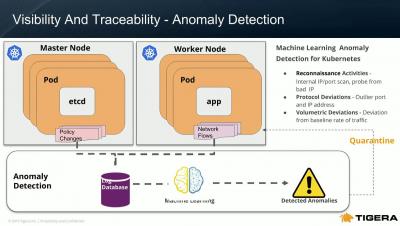Use Kubernetes to Speed Machine Learning Development
As industries shift to a microservices approach of deploying applications using containers, data scientists can reap the benefits. Data Scientists use specific frameworks and operating systems that can often conflict with the requirements of a production system. This has led to many clashes between IT and R&D departments. IT is not going to change the OS to meet the needs of a model that needs a specific framework that won’t run on RHEL 7.2.




